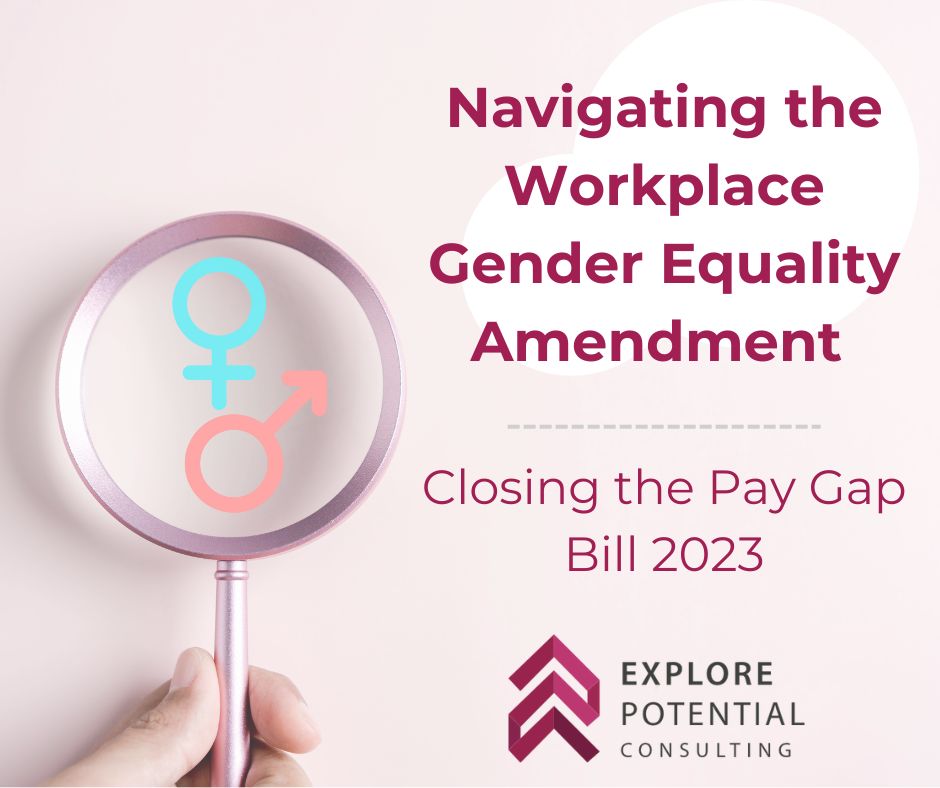Navigating the Workplace Gender Equality Amendment (Closing the Gender Pay Gap) Bill 2023

The Workplace Gender Equality Amendment (Closing the Gender Pay Gap) Bill 2023 has introduced pivotal changes aimed at addressing the persistent gender pay gap in Australia.
Why are these changes being introduced?
Key Changes and Publication Dates:
Who will be impacted?
What can organisations do?
- Proactively address gender pay gaps.
- Conduct gender pay gap analysis.
- Provide an Employer Statement to contextualise pay gap results.
Recommendations for Employers
- Load the statement before February 20, 2024.
- Access the Employer Statement guide
Gender Equality Indicator Policies for Large Organisations:
Non-compliance consequences:
Gender Equality Reporting Update:
Who will need to report?
Employers with 100 or more employees for 6 months or more during the reporting period must register for the Gender Equality Reporting program.
Period of Reporting:
April 1st of the previous year to March 31st, 2024.
Workplace Reporting Profile:
Mandatory reporting of employee’s year of birth and primary workplace location.
Sexual Harassment Reporting:
Expanded requirements on prevention, accountability, and response to sexual harassment, with mandatory reporting on various aspects of policies, training, and support.
New Elements in Reporting:
- Term limits for governing body members.
- Targets for gender equality.
- New questions on employees taking paid family and domestic violence leave.
Staying informed and implementing proactive measures are critical as organisations navigate these changes. For further details, refer to the WGEA Reporting changes Factsheet
If you would like support with meeting your compliance requirements please contact a member of the HR team
*Note: This blog provides a general overview, and organisations are encouraged to seek individual advice for specific compliance details.*
